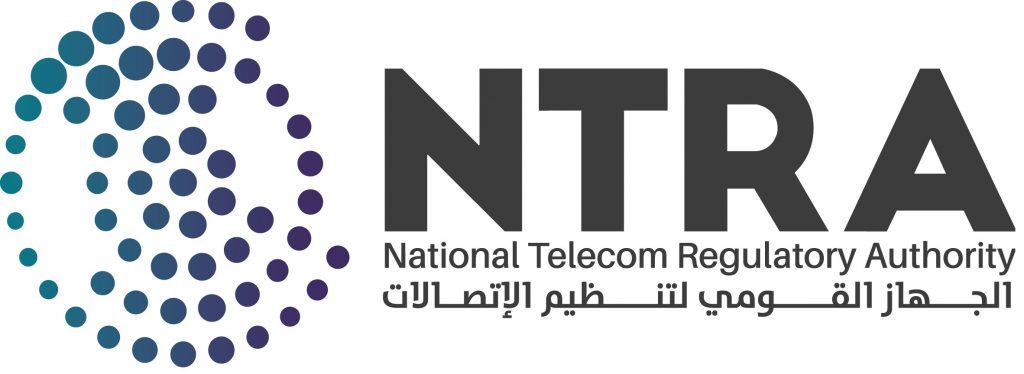ONE Lab would like to congratulate the NTRA-funded Project team on their published paper at the Journal of Sensors titled “ RF Energy Harvesting IoT System for Museum Ambience Control with Deep Learning”.
This work is a collaboration between Cairo University, the Electronics Research Institute (ERI), and Fayum University.
This project focuses on RF energy harvesting, which captures the energy from radio waves, by using transparent antennas that can be hold on the car glass or building window, or in places with glass show rooms as in museum halls, offices and department stores. The RF energy is harvested from surrounding sources using transparent antennas, and at same time allow to the sun light to go through the glass and doesn’t disturb the place decorations. Electromagnetic energy from nearby mobile phones, wireless LANs (WLANs), Wi-Fi stations, FM/AM radio signals, and broadcast television signals, is captured by a receiving antenna and rectified into a usable DC voltage for feeding wireless sensor networks (WSN). Harvesting ambient RF energy offers an alternative solution to powering LE-IoT (Low Energy- Internet of Things) devices and could provide enough energy to extend the lifetime of these devices. A lot of researches are done to create several designs of rectenna (antenna and rectifier) that meet various objectives for use in RF energy harvesting. However, most of these antennas are oblique and prevent the sun light to pass through so it is hard to put it on the car glass or window. Among various antennas, microstrip patch antennas are widely used because of their low-profile, lightweight, and planar structure.
More Details on the Project Team

